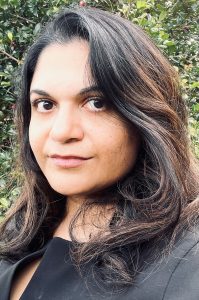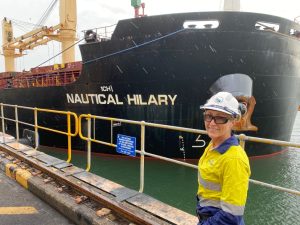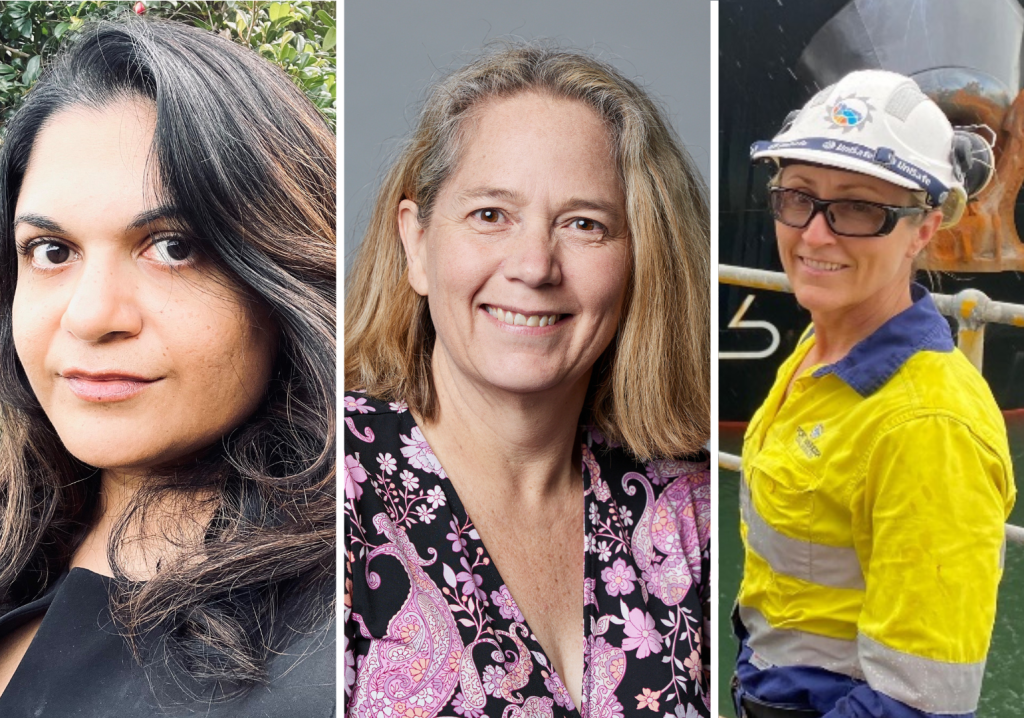For International Women in Engineering Day (INWED) 2023, three leading engineers share their knowledge on the importance of safety in engineering.
Praema Ranga FIEAust CPEng NER, Engineering Capability Manager at Boeing Defence Australia, is a mechanical engineer with over 20 years’ experience, currently leading teams in the field of Air Combat and Electronic Attack. She’s also a committee member of Women in Engineering Queensland and an executive board member of the Australian Transformation and Turnaround Association.

“I began volunteering with Women in Engineering because I was passionate about increasing female representation in my team,” she said. “In my previous role in the energy industry, I increased female representation to 26 per cent in the department I led. At Boeing, females make up 17 per cent of our engineers globally.”
Ranga finds the Women in Engineering network valuable as a window for women to see themselves in the future.
“Coming together to support each other can help with retention and promoting female engineers — and as a consequence, this encourages more women to choose STEM careers,” she said.
Safety is an important part of this equation, said Ranga, as workplaces need to offer environments where engineers feel empowered to speak up. “As people leaders, we need to have a good culture and strong relationships in place, where people can share their concerns and be listened to,” she said.
Ranga, who has worked in male-dominated workplaces throughout her career, added that female engineers are an important part of the workforce who improve the collective experience.
“We all know now that a more diverse and inclusive workforce produces better outcomes for organisations,” she said. “Female participation is better not just for women, but for their entire team — it helps make the sum greater than the parts.”
Safety first, second and third
Maintenance manager at Port Waratah Coal Services, Hilary Barton FIEAust CPEng EngExec NER APEC Engineer IntPE(Aus) is a mechanical engineer and member of the executive team reporting to the CEO.

“Safety is something that’s very dear to my heart,” she said. “No matter how automated a plant is, there’s still a human involved in its operation or maintenance — we can’t forget that.”
Barton said that workplace safety is no longer about simply ensuring that people have a hard hat and a safety procedure, but has moved into holistic understanding of workers as people.
“Psychological safety and understanding how people show up to work is really important,” she said. “We now have systems and processes to monitor and manage fatigue and mental wellness. We ask our people if they slept all right before they came in for their shift, for example. Our Safety management now has a whole health and wellbeing program built into it, including help from nutritionists and physiotherapists.”
Barton said that when she studied engineering 30 years ago, the percentage of women in engineering programs were in the single digits. She fears that in her field, there has not been much progress made in those numbers.
“Globally, we face a shortage of engineers, and certainly a shortage of female engineers,” she said. “The world has some big problems to solve, and we need a diverse group of people to collaborate on those solutions.”
Spotlight on the regions
Civil engineer Amy Walton FIEAust CPEng NER is an asset manager in the south west region office of Main Roads Western Australia. She told create that regional areas are great places to live, but can pose added challenges for women in engineering.
“Sometimes being the only female manager at work can be lonely, because the other managers around you, all men, simply don’t have a similar lived experience to you,” she said. “It would be nice to be able to work in a team with more female STEM professionals of similar age and experience.”
In pointing out how far there is still to go, Walton cited Engineers Australia’s 2022 Women in Engineering report, which found that 1 in 5 female engineers still experience issues of discrimination in the workplace, and 1 in 3 found that they had to “act like one of the boys” to fit in.
“However, if these challenges are acknowledged by employers, and steps put in place to eliminate or manage the gender-based psychosocial hazards, there can be some real benefits from working in a regional setting,” Walton said.
“Working in regions, you often have a closer connection to those who benefit from the work you do. For me, planning and delivering road safety projects does result in lives being saved,” she said.
“We need more female engineers to give working in regional areas a go. Yes, there can be some challenges, but overall the positive benefits outweigh the negatives. Moving out of the city 27 years ago was one of the best moves I could have made.”
Celebrating its 10th year, International Women in Engineering Day (INWED) recognises the incredible contribution engineers who identify as women are making to the profession, and encourages more young women and girls to pursue a career in engineering.
Find an event near you to get involved and participate in this year’s theme, “Make safety seen”.
